Pipe clamps come in various types, such as standard, u-bolt, and split ring. They're used to secure pipes in plumbing and construction. Standard clamps are versatile, u-bolts provide stability, and split rings accommodate larger pipes.
Understanding the world of pipe clamps is essential for success. In this beginner-friendly guide, we unravel the diverse universe of pipe clamps and their unique applications. Whether you're a DIY enthusiast or just starting in the plumbing realm, this post will serve as your compass, navigating through the various types of pipe clamps and shedding light on their indispensable roles in securing pipes effectively. Let's dive into the essentials and empower your plumbing endeavors!
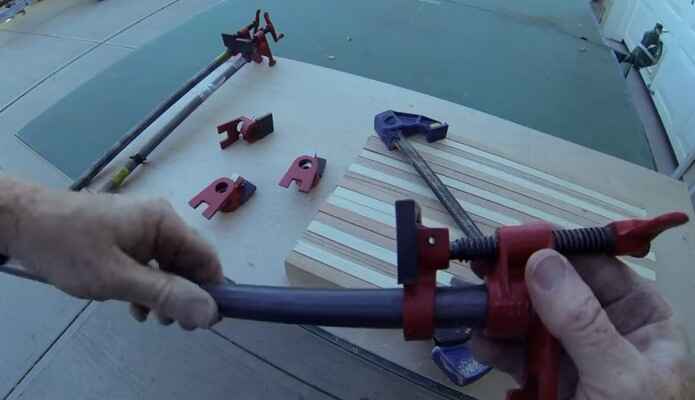
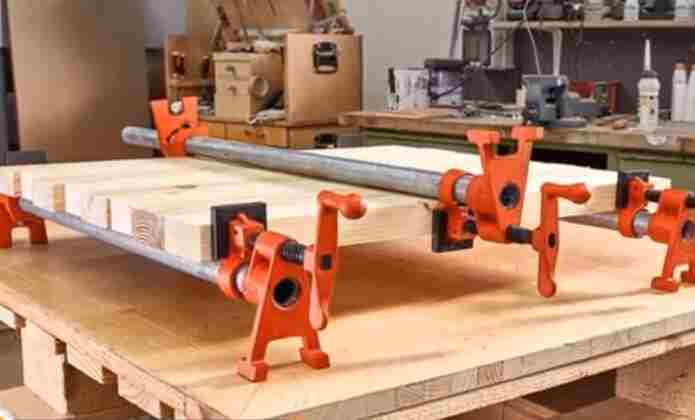
When it comes to pipe clamps, there are a few things you need to consider to choose the best ones for your needs. Here are eight factors to consider:
1. Type of pipe:
There are many types of pipes, and each type requires a different clamp. For example, if you need to clamp a copper pipe, you'll need a different type of clamp than if you're trying to clamp a PVC pipe. Make sure you know what type of pipe you need to clamp before you start shopping for clamps.
2. Size of pipe:
The size of the pipe you need to clamp will also dictate what type of clamp you need. Clamps come in various sizes, so make sure you get one that's big enough to fit around your pipe.
3. Material the pipe is made of:
The material the pipe is made of will also affect what type of clamp you need. Different materials require different types of clamps. For example, copper pipes require copper pipe clamps, while PVC pipes require PVC pipe clamps.
4. Thickness of pipe:
The thickness of the pipe will also play a role in what type of clamp you need. Thicker pipes require stronger clamps, so ensure you get a clamp that's rated for the thickness of your pipe.
5. Temperature range:
You'll also need to consider the temperature range you need the pipe clamps to withstand. Different materials have different temperature ratings, so choose a material that can handle the temperatures you need.
6. Pressure rating:
Pressure rating is another important consideration when choosing pipe clamps. Different materials can handle different amounts of pressure, so make sure you choose a material that can handle the pressure you need.
7. Environment:
You'll also need to consider the environment in which the pipe clamps will be used. Some materials are better suited for certain environments than others. For example, stainless steel is a good choice for pipe clamps in wet or corrosive environments.
8. Budget:
Finally, you'll need to consider your budget when choosing pipe clamps. There are many types of pipe clamps available, ranging in price from a few dollars to several hundred dollars. Choose the type of clamp that fits your needs and budget.
Be sure to consider all of these factors when choosing pipe clamps for your needs. Doing so can get the best possible clamps for the job.
Related: Here is a list of 21 types of hose clamps and their uses you might find useful
Different types of pipe clamps and their uses
1. Adjustable Pipe Clamps
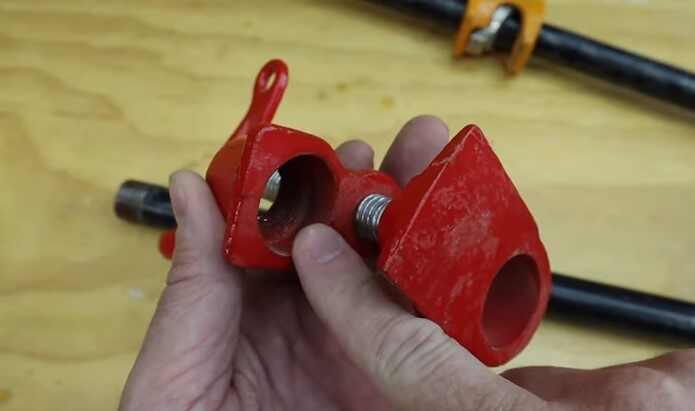
An adjustable pipe clamp is a tool to secure two pieces of wood or metal together. It has two threaded screws on either side that can be tightened or loosened to adjust the tightness of the grip.
The clamp is often used in carpentry, metalworking, and plumbing to hold two pieces of wood or metal together while glued, screwed, welded, or bolted. It can also be used as a makeshift vise to hold a workpiece while it is machined or drilled.
2. Cushioned Pipe Clamps
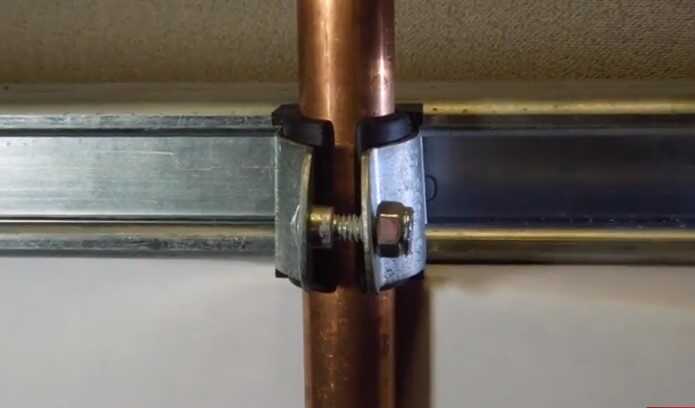
Cushioned Pipe Clamps have a neoprene or rubber lining on the inside of the clamp to help protect the pipe from being scratched or damaged. They are often used in construction or industrial settings to hold pipes in place while being worked on.
3. Extended Pipe Clamps
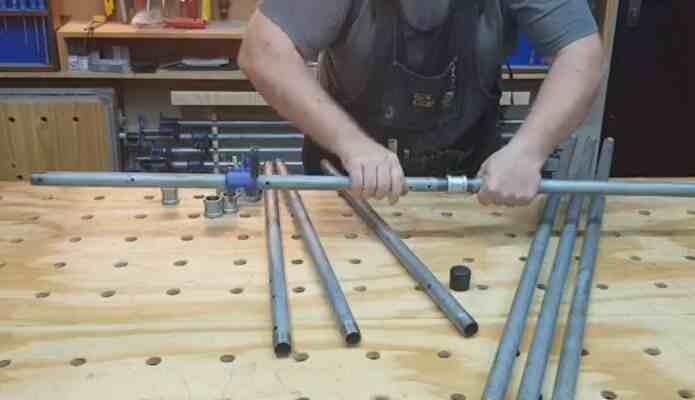
An extended pipe clamp, also known as a C-clamp, is a metal clamp with an "L" shaped arm with a screw at one end and a metal jaw at the other. It can hold materials together for welding, metalworking, woodworking, or vehicle repairs. Metal jaws apply pressure to the sides of the material while screw ends are inserted into holes in the material.
4. Flat Cushion Clamps
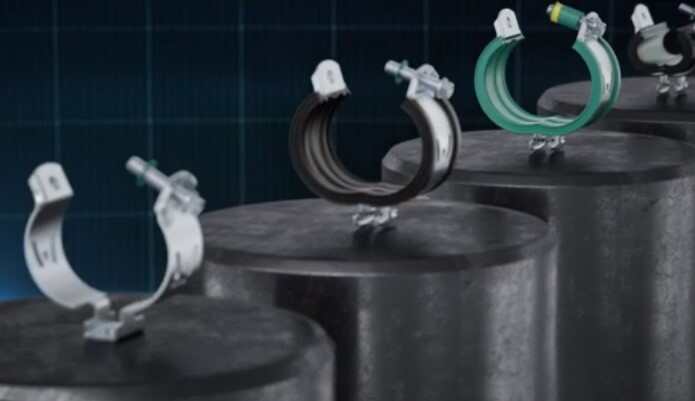
Flat cushion clamps are used to join two flat surfaces together. The clamp has a pad placed on the surface of one of the pieces being joined, and then the other piece is placed on top of the pad and clamped down. This creates a strong bond between the two pieces.
The clamp can be used in various applications, such as woodworking, metalworking, and even automotive repair. It is an essential tool for any workshop.
5. Heavy Duty Pipe Clamps
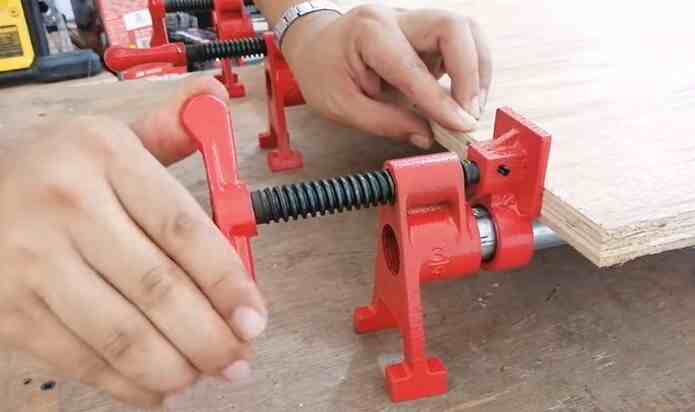
Heavy Duty Pipe Clamps are a type of adjustable clamp used to secure pipes, tubes, or other objects. They have a wide range of applications in both residential and commercial settings. Some common uses for Heavy Duty Pipe Clamps include:
- Securing pipes during construction or plumbing work
- Supporting heavy objects such as exhaust systems or air conditioners
- Holding parts in place for welding or soldering
- Restraining cables or wires
6. Multiple Pipe Clamps
A multiple-pipe clamp is a device used to secure pipes, tubes, and other objects in various shapes and sizes. It is especially useful in experimental setups and for work requiring many clamps in close proximity.
There are many different types of multiple pipe clamps, the most common being the C-clamp style. This type has two movable arms that open and close around the object to be clamped. Some multiple pipe clamps also have built-in levels or magnets for increased accuracy or stability.
7. Oval Clamps
Oval clamps are clips used to hold objects together. They are often used in construction or carpentry when a worker needs to quickly and temporarily secure two pieces of wood or metal. Oval clamps come in various sizes, the most common being 2 inches by 3 inches.
They are also known as C-clamps, G-clamps, and hand screws.
8. P-Style Clamps
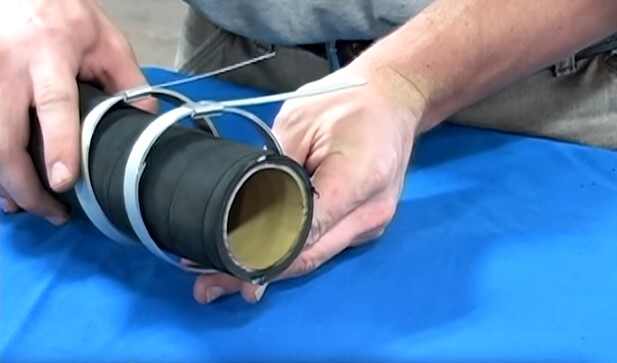
P-style clamps are a type of clamp that is used to hold the conduit in place. They have two "P" shaped pieces of metal that grip the conduit and are tightened with a screwdriver or other tool. P-style clamps can be used in indoor and outdoor applications, and they come in various sizes to fit different conduits. They are an essential tool for any electrician's toolkit.
9. Pipe Clips
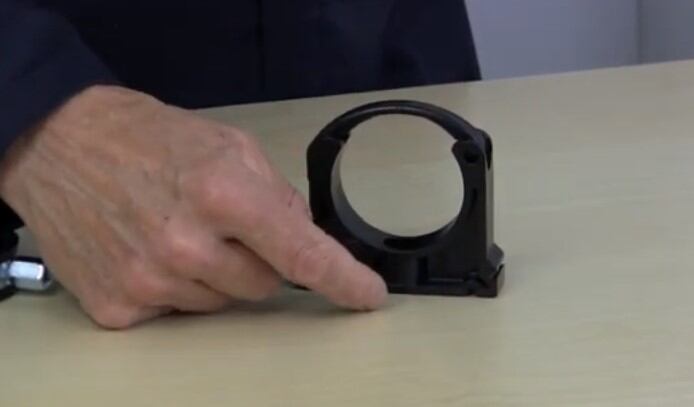
Pipe clips are small metal or plastic clips used to hold pipes in place. They have a variety of uses but are most commonly used in plumbing to hold pipes together and to prevent them from moving. Pipe clips can also be used as cable ties to secure cables together or to fasten other objects to a surface.
10. Rigid Clamps
Rigid clamps are one type of clamp that is used in metalworking. It is tightened by turning a screw on the threaded shaft. They are commonly used to join two parts by applying pressure to the mating surfaces or holding a workpiece while it is machined. The advantage of using a rigid clamp is that it will not deform the workpiece, which can result in poor joint quality.
11. Riser Pipe Clamps
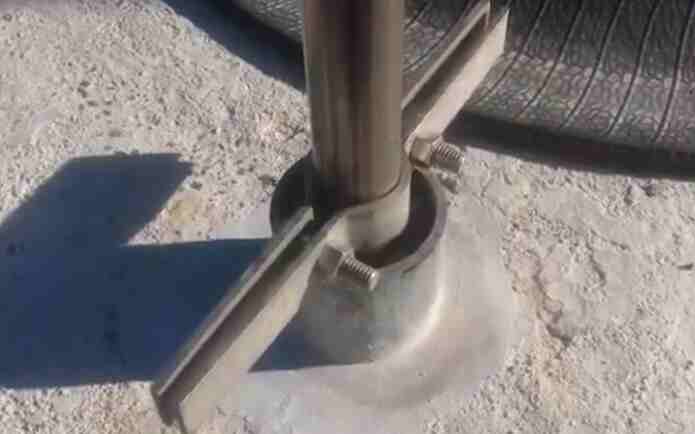
Riser Pipe Clamps are devices that clamp around a plumbing riser pipe to secure it in place. They prevent the riser pipe from moving or vibrating, which could create a water leak. Riser pipe clamps can also support the weight of a plumbing fixture, such as a sink or toilet. There are many types of riser pipe clamps, each with its unique set of features and applications.
12. Swivel Bolt Clamps
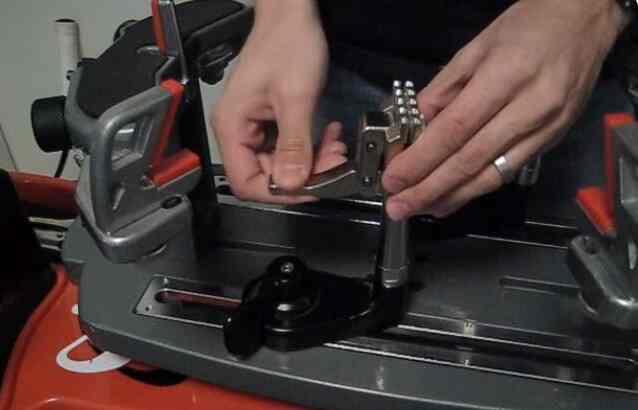
Swivel Bolt Clamps are used to join two tubes at a right angle. They are also called "joint clamps," "corner clamps," or "T-clamps." The clamp is tightened by turning the bolt, which causes the bar to press against the two tubes, compressing them and holding them together. Swivel Bolt Clamps can be used in various applications, such as plumbing, HVAC, and metal fabrication.
13. Three-Bolt Pipe Clamp
A three-bolt pipe clamp is a type of clamp that is used to secure pipes together. It consists of three bolts that tighten the clamp around the pipes. This type of clamp is often used in plumbing applications.
14. Two-Bolt Pipe Clamp
A two-bolt pipe clamp is a device that clamps onto the surface of a pipe to hold it in place. It consists of two metal bolts, typically made of steel, which are screwed into the sides of a clamp body. The clamp body is then placed against the pipe and tightened by turning the bolts. This creates a firm grip on the pipe and holds it in place.
The primary use for two-bolt pipe clamps is in construction and manufacturing projects where pipes need to be quickly and securely attached to other surfaces. They can also be used for repairs or temporary fixes and for general DIY tasks around the home. Two-bolt pipe clamps are available in various sizes to fit different-sized pipes.
15. U-Bolt Clamps
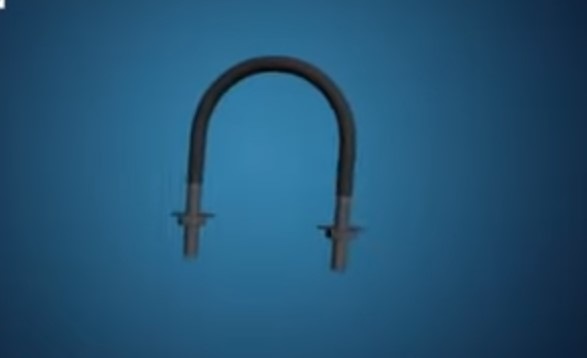
A U-bolt is a clamp with two threaded bolts sticking out of it in the shape of a U. They are used to hold things together, most commonly metal pipes or sections of metal piping. The bolts are screwed into the object on either side, and the clamp is tightened around the object. U-bolts are often used in construction or repair work when connecting metal piping.
16. Yoke-Type Pipe Clamp
A yoke-type pipe clamp is a type of clamp that is used to hold objects together. It consists of two metal plates connected by a hinge and a U-shaped bolt that goes through the plates to secure them together. This clamp is often used to hold pipes together and can be tightened by turning the bolt.
Related: It might be interesting for you to read about Different Types of Lab Clamps and Their Uses
Final Words
I hope you enjoyed my overview of the different types of pipe clamps. As you can see, each clamp has its unique benefits and applications. When choosing a clamp, consider what material you will be working with, the size and weight of the project, and your personal preferences. With so many options on the market, there is undoubtedly a perfect clamp for every job. Thanks for reading!